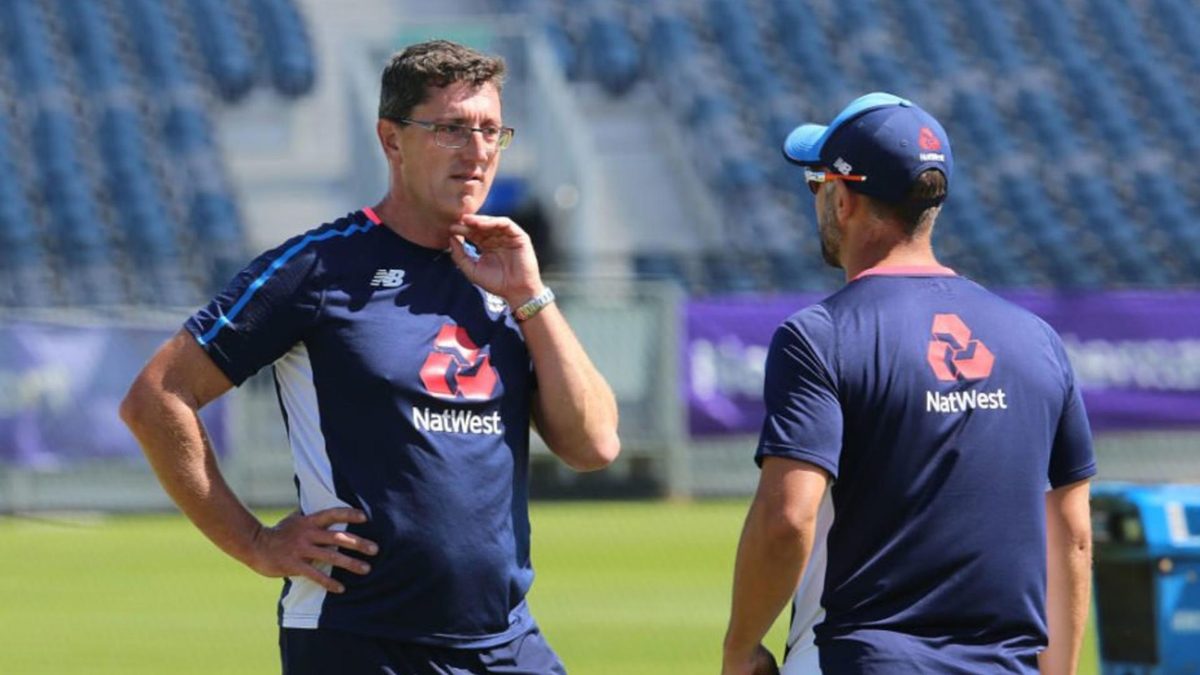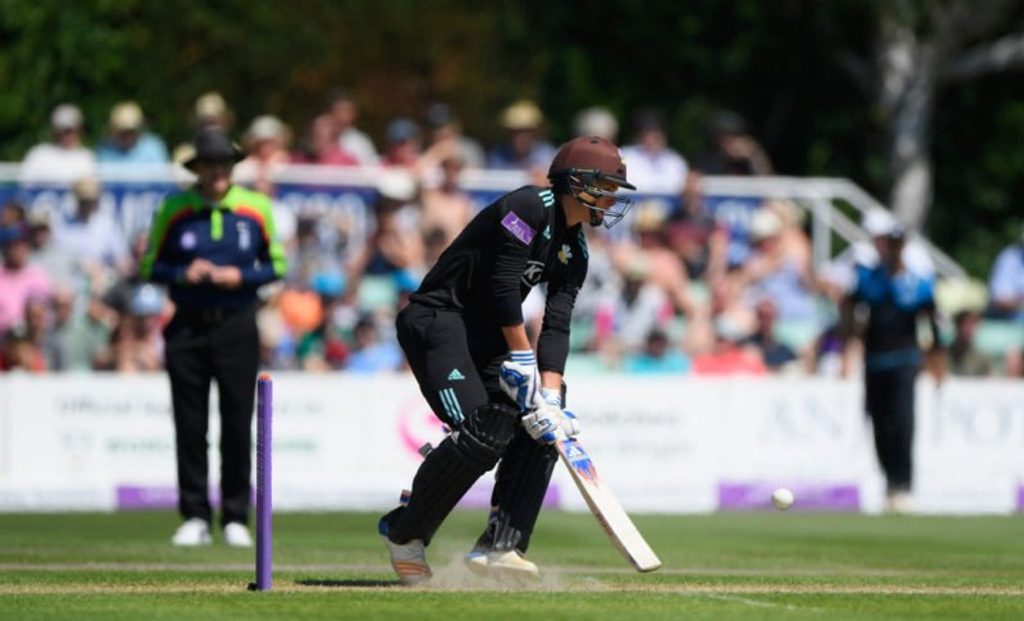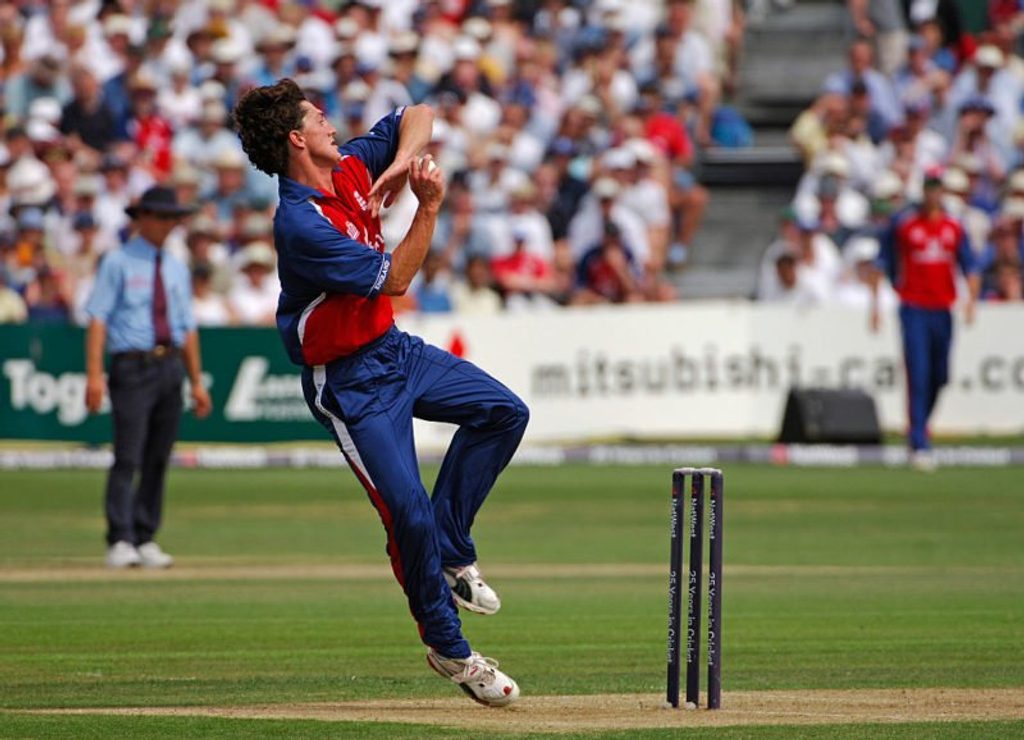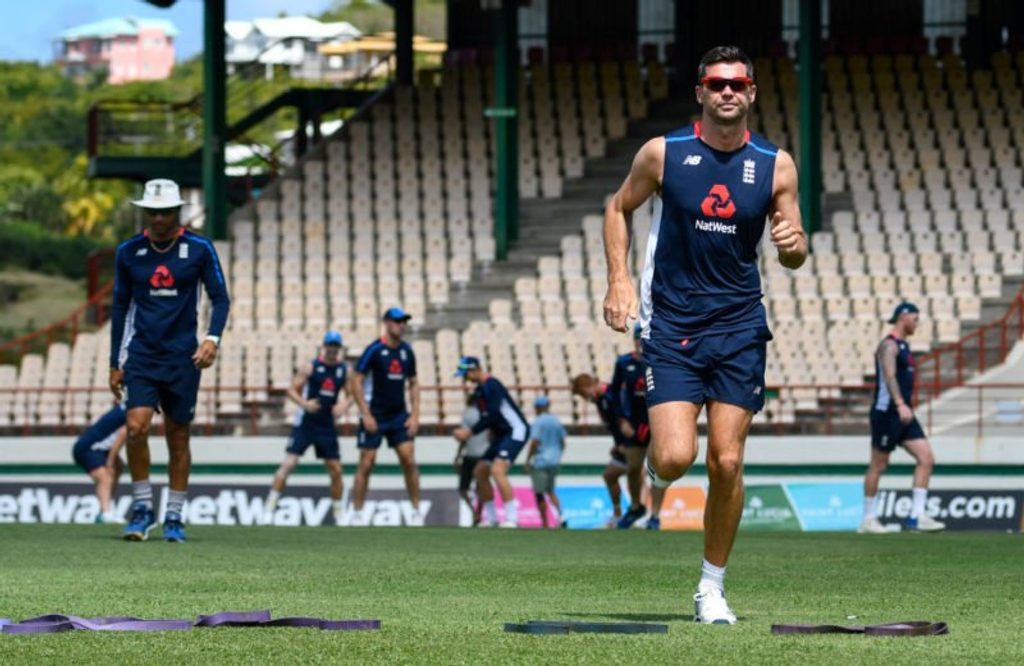
Originally published in issue 16 of Wisden Cricket Monthly, England under 19s head coach Jon Lewis shares his advice on how fast bowlers should prioritise their training and workload.
This article was first published in issue 16 of Wisden Cricket Monthly. Subscribe here
Control’s still key
The fundamentals of cricket – and technique – don’t change. With England under 19s, we work very hard at basic technique and tell guys it’s OK to make mistakes and be different. Firstly, you need to understand your own technique and what allows you to control the ball, because once you master that you can do whatever you want. But it takes time to reach that point. Bowlers should work out their most common mode of dismissal and how best to execute it, which includes consistency of technique and mentality.
Hold your nerve
Bowlers must understand that batsmen take more risks than they used to, so the percentages are almost back in your favour if you stay brave. When I first started playing it was an accuracy challenge, but now it’s more about holding your nerve. The batsman’s the one who should change because he’s trying to react to what you do. If you can understand the basics, be creative enough to develop, and brave enough to withstand the higher percentages of risk a batsman can take, you’re in a really nice place.
 With batsmen more adventurous, holding your nerve is key
With batsmen more adventurous, holding your nerve is key
Learn from what you see
T20 provides highs of learning in terms of developing new skills. You go to the Indian Premier League and come back with a different delivery, so information is shared more than ever before. There’s a much greater understanding of what’s going on and the super slow-mo cameras allow you to copy what others are doing.
I expect most young bowlers to have two slower balls and be capable of adding a third and fourth, and understand how to control the different line of yorkers – wide yorker, straight yorker, leg-side yorker, to left- and right-handers. But that’s impossible if they don’t have the basics of technique.
Stock ball vs variations
My stock ball pays my bills and my variations are my car, my conservatory, my flashy TV. I’d be practising my stock ball about 70 per cent of the time. When I was playing it would have probably been 90 per cent. Now you’ve got to have that mystery, so 30 per cent of the time I’d be working on yorkers and slower balls. Some players will do more if they prioritise shorter formats, but if I was looking to play across all formats, nailing down that stock delivery covers off 50-over cricket and Test cricket, and some parts of T20 as well.
 Lewis played 13 ODIs for England
Lewis played 13 ODIs for England
The feel-good factor
Every bowler is different, so there are no specific drills I swear by. For bowlers, it’s mostly about feel. As a coach, it’s very difficult to understand someone else’s feel. My advice would be to talk very openly to your fast bowling coach; be open about how things feel and how your body’s moving, so it makes it easier for the coach to understand what you’re looking to achieve.
Common mistakes
A lot of young bowlers have tension and a lack of alignment in their run-up. I’m a big believer in having a smoothness, a flow. It’s important to get someone to understand how to be rhythmical and flowing in their run-up, and driving in a straight line towards their target.
How to cope with the physical demands of fast bowling
It’s a different game now, there’s more intensity and the physical demands of fielding and training have increased. In a T20 competition the number of sprints goes through the roof. Can people cope with the demands of fast bowling? Yes, because they’ve done so in the past, but it’s about understanding the right way to train.
 Different types of running are key
Different types of running are key
I’d teach all young fast bowlers how to get a good engine, because they’re going to need it. They need a well-balanced programme – lots of different types of running to get them in shape. From nipples down, you’ve got to be strong – legs, trunk, glutes – it’s not about looking good in a T-shirt!
In terms of workload, try to avoid peaks and troughs, and if you do go through a trough take time to build yourself back up. Try to bowl a consistent number of overs per week over a long duration, rather than having heavy spikes or dips. If you get an injury, you must gradually build yourself up again. If you go to your club nets in early April and start tearing in, you may be broken by the end of the week. In the professional world, we try to tailor bowlers’ workloads in a progressive and balanced way.








